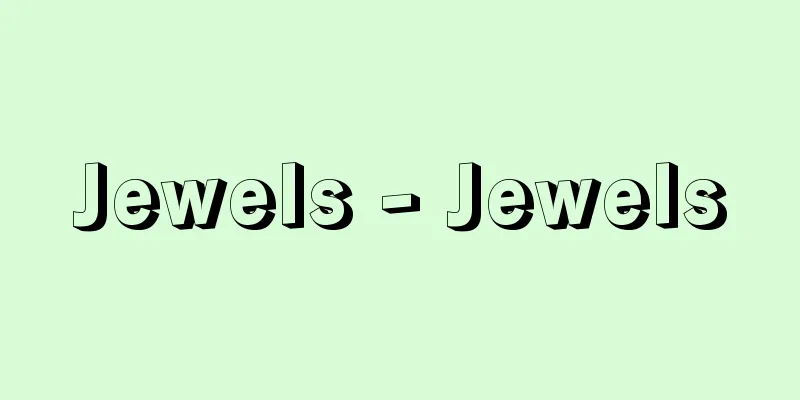Assault crime - Shogaizai
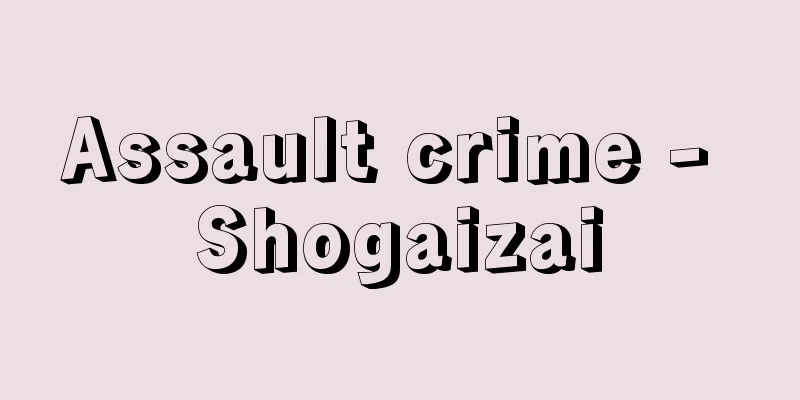
|
It is a crime to injure another person's body and is punishable by imprisonment of up to 15 years or a fine of up to 500,000 yen (Article 204 of the Penal Code). There are three theories on the meaning of "injury": (1) the theory that interprets it as harming the integrity of a person's body, (2) the theory that interprets it as harming a person's physiological functions (or health condition), and (3) the theory that interprets it as causing a significant change in the physical appearance of a person's body in addition to harming a person's physiological functions. In all theories, it is the same that it applies to violations of physiological functions such as external injuries, bone fractures, worsening illness, dizziness, and vomiting, but problems arise when it merely changes the physical appearance of a person's body, such as cutting off hair or beard. Case law has interpreted the act of cutting or shaving off hair or beard as merely an assault crime (Article 208 of the same law) rather than an injury crime, because it does not "immediately cause a deterioration in health." In response to this, there are criticisms from the standpoint of (2) and (3) above, which argue that this type of conduct also constitutes a crime if it is severe enough. Since the Penal Code provides that the crime of assault is "when the person who committed the assault does not injure another person" (Article 208), there are three theories regarding the intent of the crime of assault: (1) the intentional crime theory, which interprets it as requiring the intent to injure, (2) the resultant aggravation theory, which holds that since it is a resultant aggravation of the crime of assault, the intent to injure is sufficient and the intent to injure is not required, and (3) the compromise theory, which holds that it is an intentional crime in principle, but it can also be a resultant aggravation crime. Of these, the conventional theory and precedents were based on the resultant aggravation theory, but today the compromise theory (3) is the more common view. According to this compromise theory, in principle, the intent to injure is required for the crime of assault to be established, but if someone injures another person with the intention to assault, it is also interpreted as a crime under Article 208 of the Penal Code. The Penal Code has the following special provisions for the crime of injury. First, Article 206 of the Penal Code prescribes that merely "helping the momentum" at the scene of a crime of injury or injury resulting in death, such as cheering on the other person with words or actions, as a crime of aiding and abetting the crime of injury, and punishes this with imprisonment of up to one year or a fine or fine of up to 100,000 yen. Next, Article 207 of the Penal Code prescribes that "when two or more people commit an assault and injure another person, and it is not possible to know the severity of the injury caused by each assault, or to know who caused the injury, the punishment shall be in accordance with the example of complicity, even if they did not act together." This is "simultaneous injury," and is a special provision that punishes cases where simultaneous assaults injure another person as joint principals in the act of injury, taking into consideration the difficulty of proving the crime. If there is communication of intent regarding the assault, it is treated as joint principals under Article 60 of the Penal Code. [Tetsuro Nawa] [Reference items] | | |Source: Shogakukan Encyclopedia Nipponica About Encyclopedia Nipponica Information | Legend |
|
他人の身体を傷害する罪で、15年以下の懲役または50万円以下の罰金に処せられる(刑法204条)。「傷害」の意義については、(1)人の身体の完全性を害することと解する説、(2)人の生理的機能(または健康状態)を害することと解する説、(3)人の生理的機能を害することのほか、身体の外貌(がいぼう)に著しい変化を与えることと解する説、の3説がある。いずれの説においても、外傷、骨折、病気の悪化、めまいや嘔吐(おうと)など生理的機能の侵害がこれにあたることは同じであるが、たとえば、頭髪や髭(ひげ)を切除するなど、人の身体の外貌に変化を与えたにすぎない場合が問題となる。判例は、頭髪や髭を切断・剃去(ていきょ)する行為は「直ちに健康状態の不良変更」をもたらさないとの理由で、傷害罪ではなく暴行罪(同法208条)にすぎないと解していた。これに対し、先の(2)や(3)の立場からは、この種の行為も程度が著しい場合には、本罪が成立するものとの批判がある。 刑法が暴行罪につき「暴行を加えた者が人を傷害するに至らなかったとき」(208条)と規定しているところから、傷害罪の故意に関し、(1)傷害の故意を要すると解する故意犯説、(2)暴行罪の結果的加重犯であるから、暴行の故意があれば足り、傷害の故意を要しないとする結果的加重犯説、(3)故意犯が原則であるが、結果的加重犯でもあるとする折衷説、の3説がある。このうち、従来の通説・判例は結果的加重犯説にたっていたが、今日では、むしろ(3)の折衷説が通説的見解となっている。この折衷説によれば、傷害罪が成立するためには原則として、傷害の故意を要するが、暴行の意思で人を傷害する場合も刑法第208条により本罪にあたるものと解される。 なお、刑法には、傷害罪につき、次のような特例がある。まず、刑法第206条は、傷害罪または傷害致死罪の犯行現場において、単に「勢いを助けた」行為、たとえば、弥次馬(やじうま)的にことばや動作で声援を送る場合を、傷害現場助勢罪として、1年以下の懲役または10万円以下の罰金もしくは科料に処している。次に、刑法第207条は、「2人以上で暴行を加えて人を傷害した場合において、それぞれの暴行による傷害の軽重を知ることができず、又はその傷害を生じさせた者を知ることができないときは、共同して実行した者でなくても、共犯の例による」と規定している。これが「同時傷害」であり、同時暴行により人を傷害した場合を、立証の困難さを考慮して、傷害の共同正犯として処罰する特例である。なお、暴行につき意思の連絡がある場合には、刑法第60条の共同正犯として処理される。 [名和鐵郎] [参照項目] | | |出典 小学館 日本大百科全書(ニッポニカ)日本大百科全書(ニッポニカ)について 情報 | 凡例 |
<<: Classes for children with disabilities
>>: Lifelong learning - Elementary school education
Recommend
Jehovah
(Jehovah) A mispronunciation of the Old Testament ...
UR - Ur
《 Urban Renaissance Agency 》Abbreviation for "...
Cutting and fitting
…In the 4th century, it was developed in Byzantiu...
Langlois, H. (English spelling) LangloisH
…It should not be forgotten that there was a pion...
Gassan New Road
…During the Edo period, it was used as a pilgrima...
Fushinan - Fushinan
A representative tea room of the Omotesenke schoo...
Baxon Uprising - Baxon Broom
In 1940, an anti-French uprising led by the Indoch...
Hitting the ball - Tagyuraku
The title of a Japanese gagaku piece. It belongs t...
Battle of the Onikiribe
…A powerful clan leader in Mutsu Province during ...
āgama (English spelling) agama
...An early Buddhist scripture that compiles the ...
Otto II
955‐983 The third Saxon king of Germany. Reigned 9...
Nakai Bokuyo - Nakai Bokuyo
Year of death: 26th December 1679 (7th February 16...
Celali
In the provinces, there were the decline and rebe...
Agricultural facilities
A general term for facilities required for agricul...
Both sides have medium sized circular tombs
A type of tomb. It refers to a tomb in which a squ...



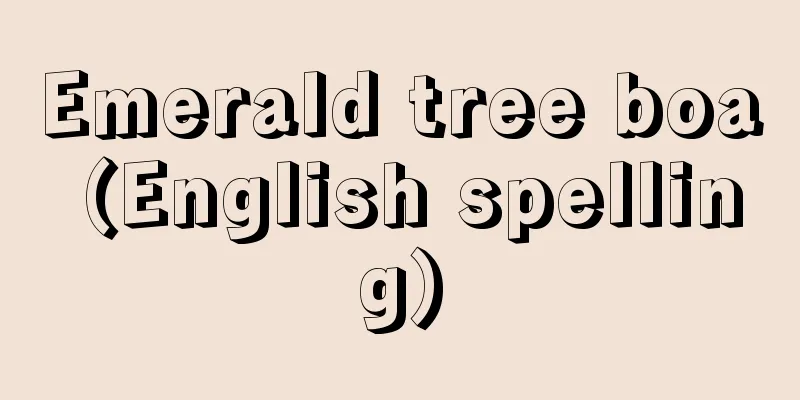
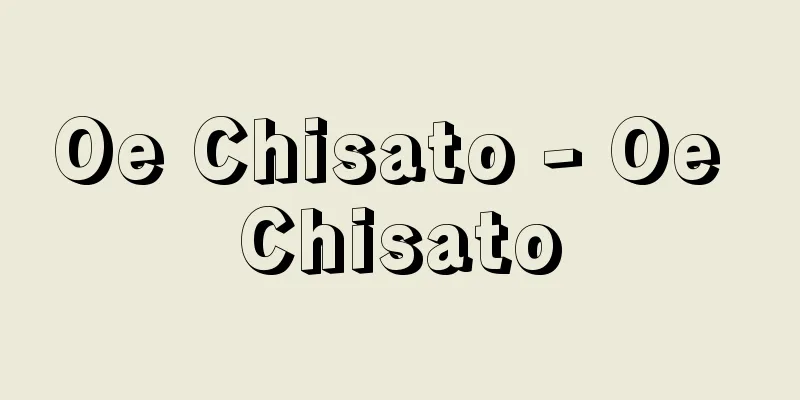
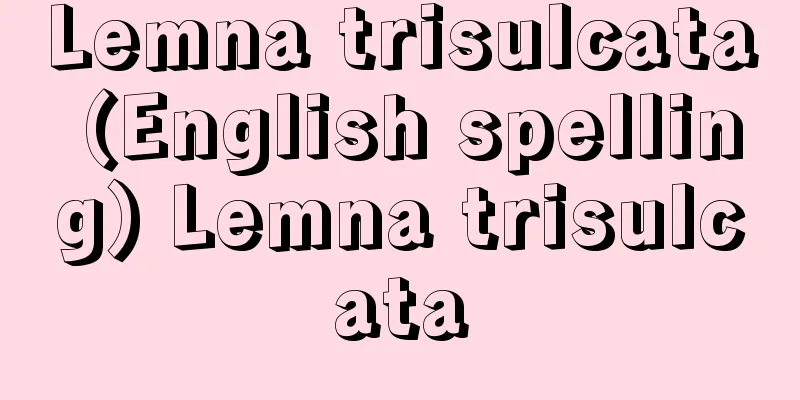

![Shintone [town] - Shintone](/upload/images/67cbed4c13c20.webp)
